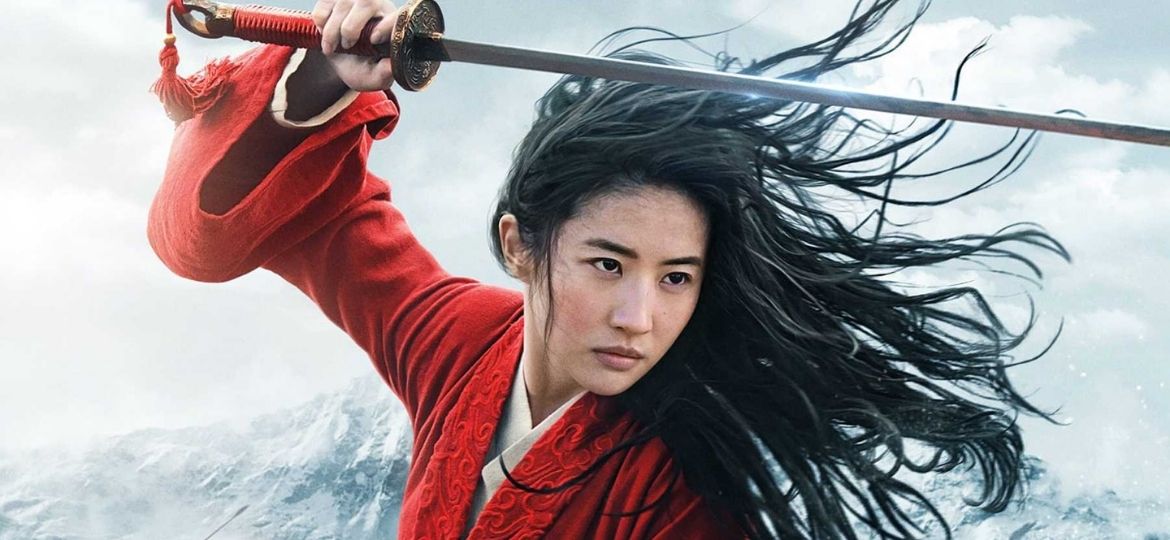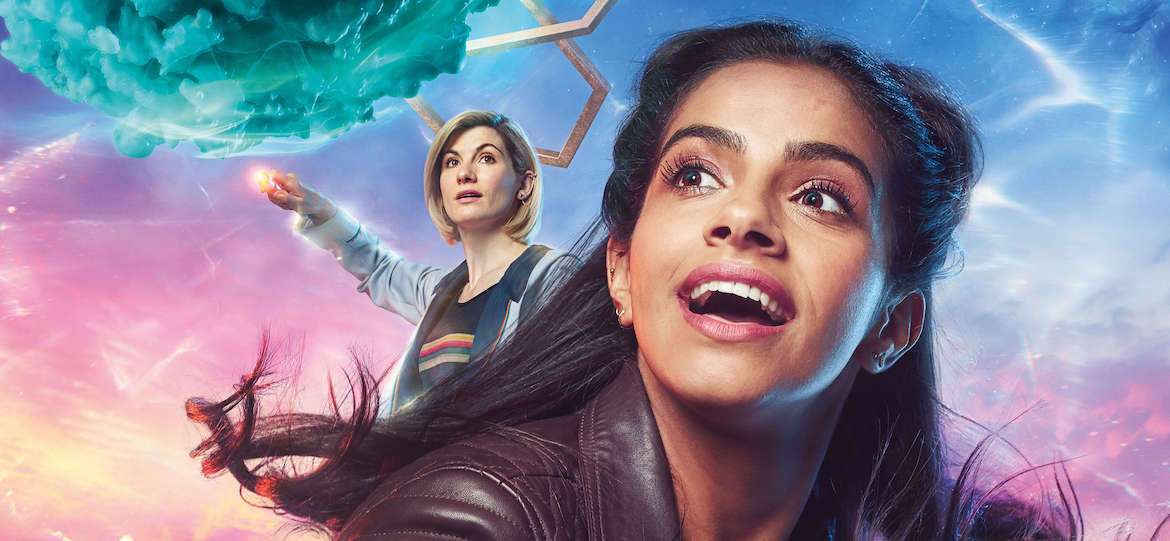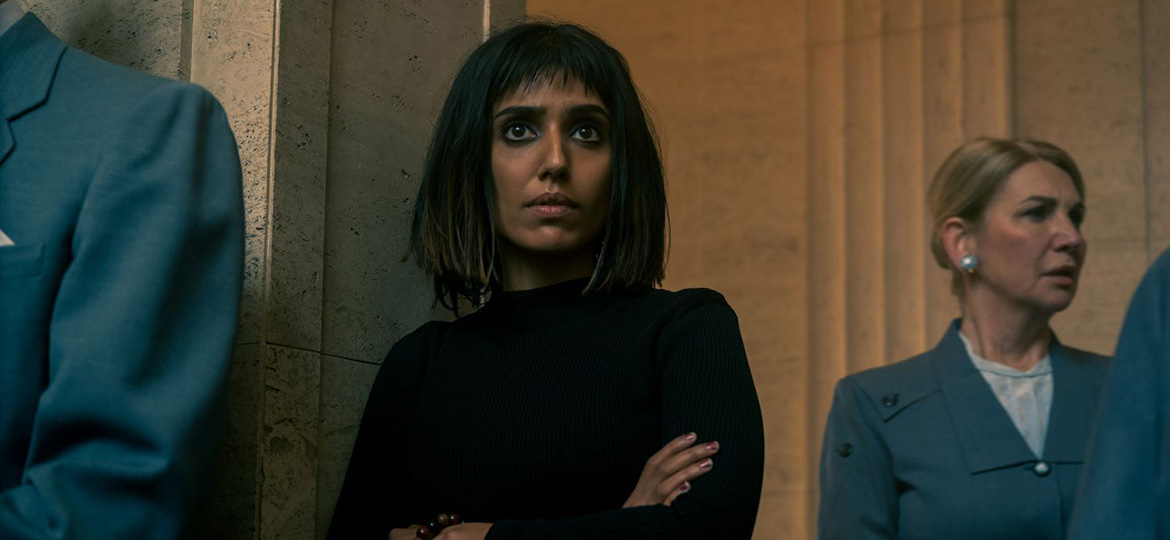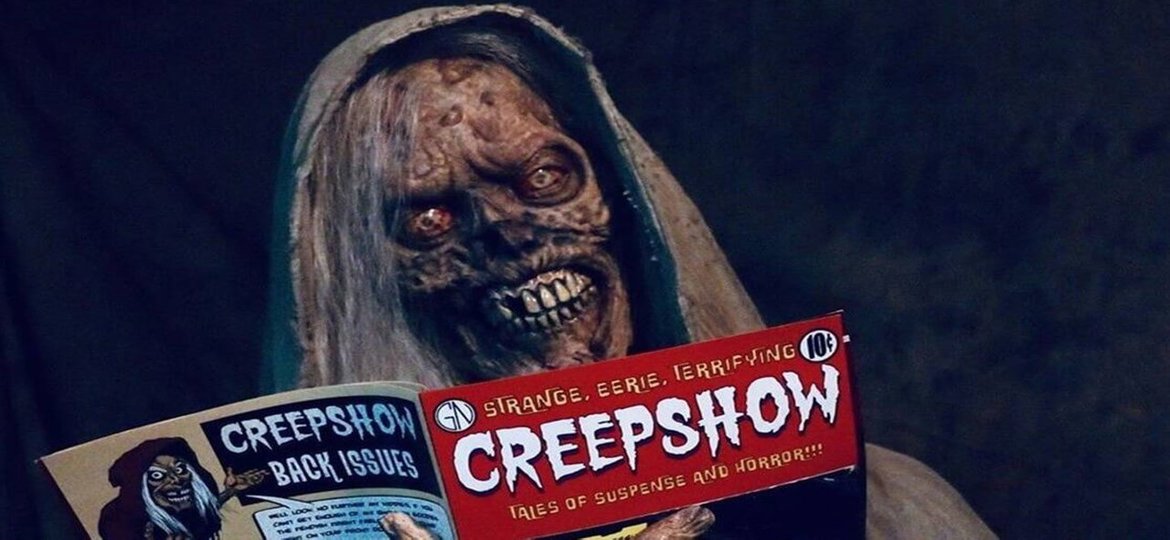All the ghosts, ghouls, and goblins couldn’t stop us from having a spooktacular time last month at our second Chai and Cocktails panel.
We were joined by Rajeev Dassani and Elan Dassani, the directors of Blumhouse’s Evil Eye, and the writer of both the movie and Audible original play — Madhuri Shekar.
- Rajeev Dassani, one-half of the Dassani brothers dynamic directing duo. An award-winning filmmaker, he’s also worked behind the scenes on several TV shows, including Star Trek: Discovery, Scandal, and How to Get Away With Murder.
- Elan Dassani, the other half of the Dassani brothers. He’s been making films since high school and started a visual effects company with Rajeev, working on a lot of the same TV shows behind the scenes. Both brothers co-created the Netflix series Jinn.
- Madhuri Shekar is a playwright and screenwriter. She is the 2020 recipient of the Lanford Wilson Award for playwriting. Her plays include Evil Eye, In Love and Warcraft, A Nice Indian Boy, Queen, House of Joy, and Dhaba on Devon Avenue.
We wanted to learn more about their hit Amazon Original horror while also asking our three panelists for their take on the stereotypes that stymie the genre. What made both Evil Eye unique in the genre is its South Asian lens, which leans heavily into Indian mythology.
The Dassani brothers and Shekar discussed their creative process and how it influenced the making of Evil Eye. Since their film is ethnically unique, the creators shared their thoughts on race, gender, and the challenges of BIPOCs in the horror genre.
Here are some highlights of what they had to say.
Why The Dassani Brothers Decided to Direct Evil Eye
When talking about pitching the story to Amazon, Elan Dassni said:
“The fact that it was an authentic story with this genre or context, this reincarnation of supernatural elements that drew us to it and also how we can explore heavy context like abuse in this fun thriller context …”
He noted that Blumhouse was the perfect production partner since the company is known for taking on challenging topics.
On Creating a Safe, Open Filming Environment
Rajeev Dassani spoke about the importance of creating a safe, creative atmosphere. Everyone, from the actors to the production hands, could all contribute to the creative process. Anyone could give feedback or make suggestions, he said. The brothers wanted a safe environment where everyone could speak their minds. He said:
“We’ve been on a lot of sets over the years, different show … different movies, and there is all different styles and our style, and what we believe in, is that we are very collaborative, and that to us means anyone can express an opinion of about a scene whether be a PA whether is be a hairdresser, anyone really … especially actors in telling the story.”
Both Rajeev and Elan wanted their team to feel they matter at every step in the process. They know how much a totalitarian director can negatively impact a production. As Elan put it:
“If you’re a negative director and you have this bad attitude, insult people, shout a lot, that’s gonna lead to a rift doing that.”
Having a set where everyone can contribute helps create a sense of trust even when someone’s idea isn’t used, says Rajeev. He said:
“Even when we said, ‘That’s a great idea but we need to do it this way’, they over time really started to trust us and see the results.
Racial Representation Behind and In-Front of the Screen
Both Elan and Rajeev felt it important to have the right team in place to tell this particular story.
On getting the team right, especially in the brother’s Netflix show Jinn, Rajeev shared:
“A decision early on was to involve very key Arab creators. … We interviewed hundred of teenagers as part of the process, there were Jordanian and Arab writers a part of the process. They (Amazon) and we stressed it needed to be a collaborative effort.”
When it comes to who can tell what stories, Rajeev also said:
“I don’t really believe that only a Latino creator can create a story about Latinos, however, I do think that too many stories, especially of people of color and women have been told by white men. I don’t think it is something we should tell people not to make things. However, I do think Hollywood does need to and is starting to make more of an effort to have people who have been underrepresented to tell their stories.”
How Cultural Fear Can Influence Horror Stories
The directors’ understanding of fear and its impact when it came to culture played a role in creating the film.
A “universal fear” is something we all share whether it’s a gunman or disasters that affect us all but, according to the Dassanis, this is only half the formula for creating a horror masterpiece. Both directors mention that having an understanding of the “cultural” fear among South Asians helped accelerate the suspense in making Evil Eye. Rajeev mentioned,
“When using something like cultural horror, tapping into a specific primal fear, being an Indian-American, but then having it speak to a universal idea of a loved one in danger. The best horror does both. Which is very rare to find both … and it’s hard to make it work.”
“We can feel when reading that script that this was a personal deep fear of hers (Madhuri) and that’s what the movie’s power comes from”, added Elan.
Challenging Stereotypes and Creating a Meaningful Story
Evil Eye author Madhuri Shekar spoke directly on her creative process and how her culture influenced both the original Audible version and the Amazon film. She addressed how a creator of color can use and subvert their cultural stereotypes:
“I think anything is a stereotype if it is presented as fact without curiosity or interrogation. I think if you take anything that you consider a stereotype and you sit with long enough and you take it apart and you look at it in incredible detail … if you look at those characters with a lot of empathy and curiosity then it’s no longer a stereotype. A stereotype is the flattening of something, the erasure of something …”
Madhuri also shared her experiences with writing and observing her mother as a stereotype while still being a very fascinating woman.
Elan affirmed this adding:
“Writing from a cultural context. there are things about how people are, but not the nuanced version … even the “stereotype” has a backstory, lived a life, had a mother … everyone in your world is a real person.”







